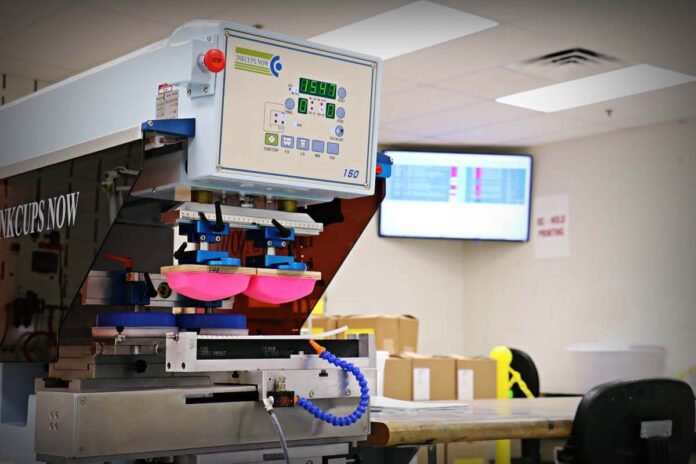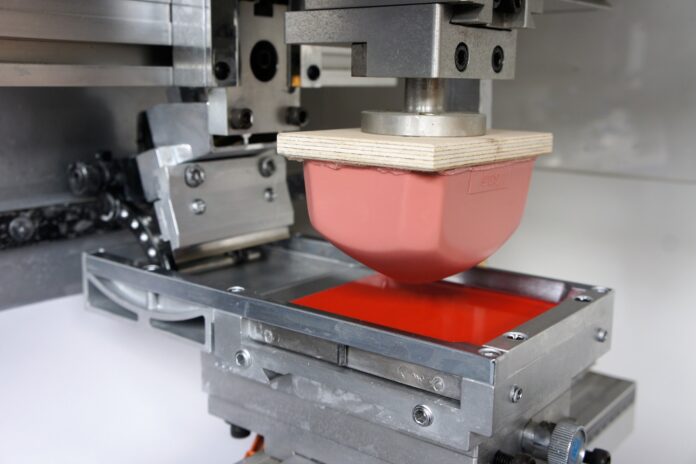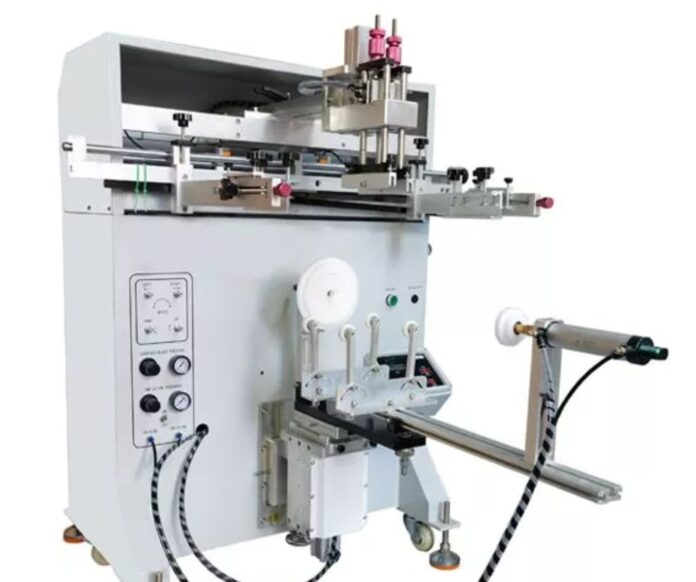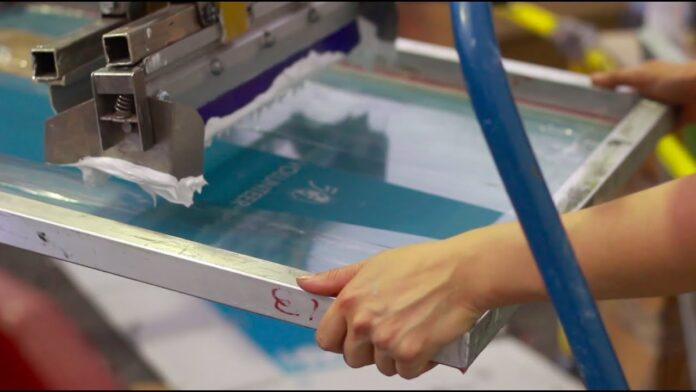
If you are part of the printing industry, then you already know that every method comes with its positive sides, as well as challenges. If you want to create better products and if you want to avoid the most common problems, you’ve come to the right place. Here, we are going to tell you how to improve your round screen-printing process, and we will list some of the most common obstacles, along with their solutions.
What are the most common issues?

Before we tell you how to improve the process, let’s talk about some of the challenges that you may face, and some of the disadvantages that come with this process.
It is said that even though this is a pretty common process, and many people are using it for the positives that come with it, there are still some disadvantages that you need to be aware of before choosing it.
The biggest disadvantage is the extremely high cost of the equipment. Keep in mind that if you don’t want to have to deal with the most common problems and obstacles, you will need to invest in good equipment, and that means that you need to be ready to invest in it.
If you choose to change the patterns all the time, you would need to clean your device after each print, and that would mean that you need to be ready for the downtime of the equipment. Because of this, it is said that the machines are not versatile enough, and you would need to know how to properly maintain them to get the best out of them.
Rotary machines and round screen-printing are utilized in many industries and it is one of the safest and most preferred methods, but it can pose a pretty big problem for those who don’t know how to set their devices up and how to maintain them to be able to use them for years to come.
Now let’s see what are the most common problems that you may stumble upon when using this method. The number one concern that people have is a ruined design, and this can happen because the colors have bled in each other, and that has created lines and colors in places where they should not be. Another problem that has been noticed is losing the details. This can occur when the pattern is too complex, when there are too many small details, and it can also happen because of bleeding. Lastly, you may notice that sometimes the ink viscosity is not on the right level, and this could lead to the colors not being as vivid as they are supposed to be, or there can even be differences in hues.
Continue reading to find out how to deal with these problems and what other solutions are offered on today’s market that is going to help you get the best print every time you use this process.
How to improve the method?

When it comes to improving the process, the first thing that you need to know is that you need to use the right type of machine. As we previously mentioned, the equipment is the most important part of the whole process, and if you choose devices that are not top-notch, chances are, you are going to experience all the problems that we mentioned before, and much more. You can visit here if you want to see what machines are recommended depending on the printing type you have chosen, and how they are going to affect the process.
You should also consider the ink that you are using, and you should always opt for high-quality ink that is going to make the colors more vibrant and is going to prevent as much bleeding as possible. Finally, you should know that the skills of the technician are going to make a difference, and because of that, you need to make sure that you have invested in your knowledge when it comes to choosing textiles, devices, and machines that are going to give you the needed information about the fabric before you print it.
If you want to avoid color bleeding or if you don’t want to risk your image being distorted, there are several things that you may want to try. It is said that if you use masking tape to cover the desired areas, or you can just safely put the stencil on using blockers like glue.
You can also opt for a squeegee that can help solve a lot of the problems that lead to bleeding. Keep in mind that with this option, you will be able to prevent the colors from going into one another, and the design is going to stay sharp no matter the colors or textiles you are using.

When it comes to the second main problem that we previously mentioned or loss of detail, there are a number of things that you can try. The number one thing, especially for those who are new to this practice is to just use stencils and patterns that are not too complex and that are not going to be too difficult to replicate. Know that as your skills advance, you are going to be able to create more complex patterns without worrying that some details are going to be lost.
Nevertheless, this is not a permanent solution, and sometimes your skills may be on the highest level, and you will still experience a loss of details. The best way to deal with this problem is to measure the tensile strength of the fabric and learn what you are dealing with. Depending on this number, you will be aware if the textile can be properly printed on without it moving and blurring the lines or the details, or if it is sometohg that you need to give up on. Know that not every fabric is suited for round screen printing and you need to choose your battles carefully.
If you want to avoid problems with the viscosity of the ink, then you should be aware of the different types of ink. The short one tends to drop in one single drop, and the long one is almost stringy. When it comes to this method, it is recommended to use the short one as it will give better results and it will prevent any problems that may come with the hue.
These are some of the most important things that you need to know about preventing and solving problems that come with round screen printing. Try to learn as much as you can about the devices available and give yourself time to get used to the method.
















